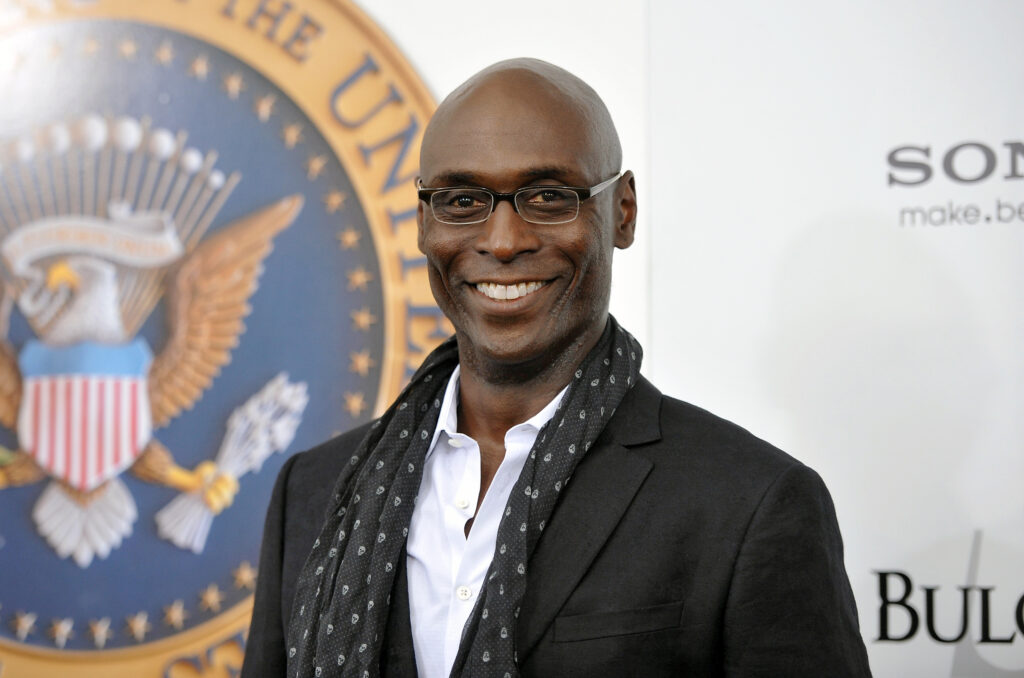Killers of the Flower Moon Doesn’t Live up to the Actual Story
Written by Rich Monetti on November 16, 2023
Killers of the Flower Moon represents a piece of American History that has been conveniently eliminated from our national consciousness. Between 1918-1931, dozens to hundreds of Osage Indians were murdered to obtain the deeds to their lucrative oil rights. An entire criminal industry sprung from greed and the devaluing of human life, and Martin Scorsese has given us a recounting that requires the attention of every American. So sitting duty bound, the viewer is almost required to like the 3 hour and 17 minute descent. Unfortunately, that’s a lot easier said than done.
We begin the movie in a dreamlike joyous celebration that implies the revelry is to be too good to be true. A quartet of Osage Indians are dancing under the drops of small gush of oil, and given the world, they obviously have no idea what horror has been unleashed.
Still, before the vultures descend, the Native Americans of the area achieve the highest per capita income level in the United States, and the manufactured black and white reel shows that even indigenous people can be corrupted by Capitalism. Fancy clothes, cars and jewelry, why the hell not.
Maybe because the word will get out and white people will want their share. One of those is Ernest Burkhart (Leonardo DiCaprio), and among the onslaught of his kind, there’s something amiss about the ease in which the interlopers blend in. A lot of smiles and camaraderie, you just know a simple scratch of the surface will reveal the duplicitous intent of each and every one.
Enter William Hale (Robert De Niro) and so steeped in righteousness, you know something ain’t right. Uncle to Ernest, the young man is looking for an in, and William or the King is ready to provide as the wealthy rancher/philanthropist.
The tandem of Italians doesn’t feel out of place, though. Both swing the twang and settle just fine into a landscape that is as far from their origins as could be imagined.
Either way, Hale’s smooth tongue provides the business model for a young man trying to climb this unholy ladder. Marry one of the natives, bide your time, and once killing her, the oil rights are yours.
Historically accurate, Ernest isn’t necessarily down with the program. He actually loves his wife Mollie (Lily Gladstone). So he ends up being caught in the middle of her activism, and the King’s part of the overall conspiracy to displace the Indians from their rights.
In this, DiCaprio makes us feel the uncertainty of his very tenuous position, and Gladstone’s performance does him no favors. The actresses’ quiet resolve plays on his guilt, while her unconditional love makes it impossible to turn away.
So like the whole paradigm ages him by the minute, is he going to follow his Uncle’s orders against the Osage or carry them through to save himself from the evil puppet master and eventually the law.
As compelling as the dilemma sounds, the actual delivery becomes a redundancy that doesn’t feel like it will ever end. On and on, they murder Indians and go after anyone who might unearth the plot. That said, Ernest tries to walk a tightrope that forces him to choose between his wife and the sheer savagery he is obligated to impose.
Obviously a good baseline, more might have been made of the precursor to the whole endeavor. In the early going, Mollie sits in an office, and putting her best submissive face forward, she’s requesting money for a healthcare need.
Not quite explained, you’re able to understand that the white man has probably decided that Indians are unable to manage their own affairs. But in truth, they just want a way to exert control and angle for the money.
Guardianship rights, they were called, and the legalese really paved the way for the murder scheme that prevailed, according to Aja Romano’s reporting in Vox.
“To understand how the eventual string of murders could have gone unchecked for so long, it’s vital to understand both how exploitative the guardianship system was and how the community revolved around it. White community members sought oil leases and then through guardianship gained further control over the Osage. In order to make this system work, you needed people who were willing to exploit the Osage as their guardians and people who were willing to look the other way while they did it, often in exchange for bribes or access of their own. This meant you needed people within every part of the social and legal system. They have all the law and all the machinery on their side,” the journalist quotes tribal member John Goodskin from a 1920 article in Harpers.
Therefore Romano concludes, “An entire ecosystem of greed and graft quickly arose around the Osage capital of Pawhuska and neighboring Osage city of Fairfax, keeping the money flowing and keeping the white locals, including the newcomers, in control of it.”
Of course, Scorsese tries to bring this “ecosystem” into the light. But the layers are diluted by the film’s length and the unending juggling act by poor Ernest. In fact, Romano’s recounting in print is actually more compelling than what we see on film.







